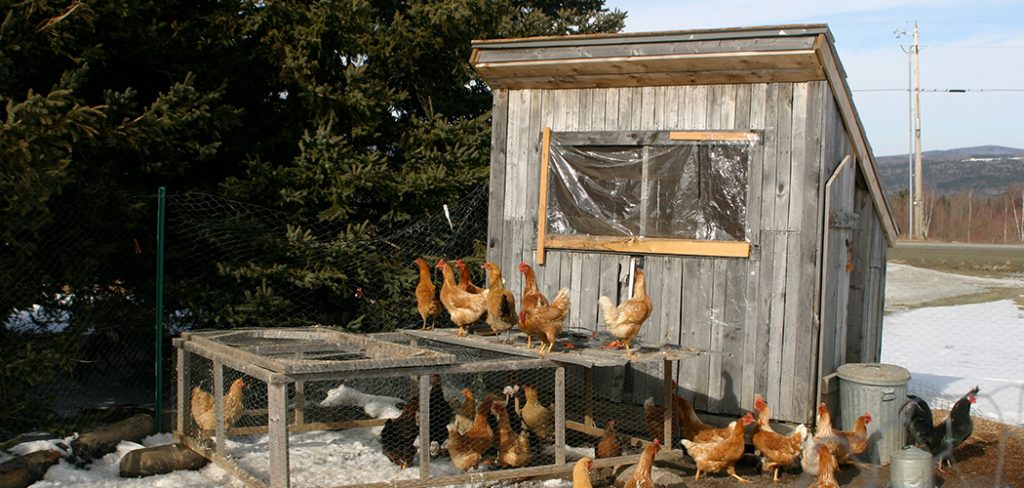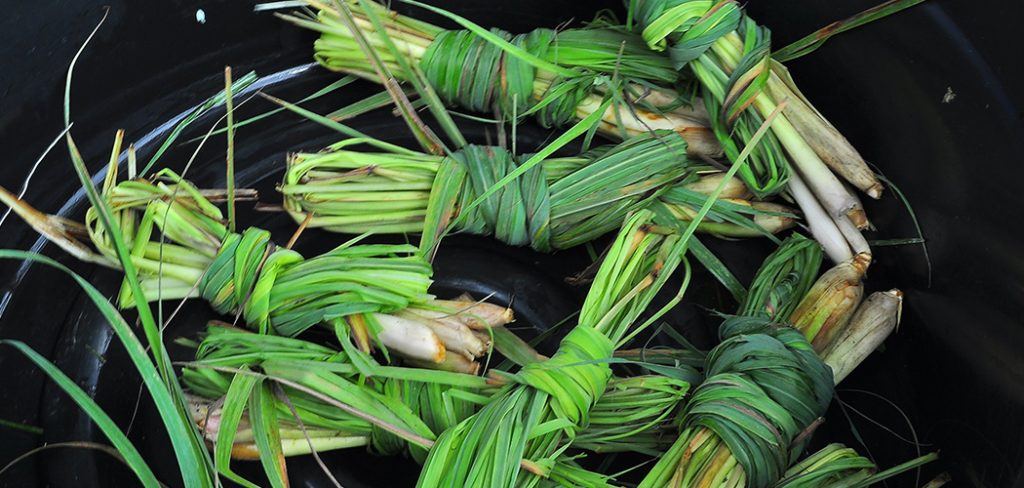Now in this article, we will look at those plants that start with the letter ‘P’. It is interesting to mix the alphabet and plant names, that’s exactly what we do. Through such a creative connection to educate ourselves about these plants!
5 Vibrantly Beautiful Plants that Start with ‘P’:
Here we will get acquainted with plants such as Peperomia, Petunia, Plumbago auriculata, Plumeria, Pilea cadierei. Let’s take a look at these plants:
1.Peperomia
This plant originates from the tropical rainforests of South America. Some species live on trees as epiphytes and some on land. There are several species that are grown in the home and can be smooth. Some have leaves with deep veins. Others have interesting flowers in white, green, or brown that rise on stalks above the leaves. Store it in a warm room with a temperature above 16 ° C. It should be in a bright place, but not in direct sunlight.
It is very important to provide enough moisture in the air. Regularly spray the leaves or place the pot on an inverted small tray. Then in a larger tray where you will put water. Be careful that the water does not touch the bottom of the pot. It grows best planted in a small pot, in a light, loose, sandy soil mixture. If necessary, transplant it in the spring and provide good drainage. In the spring, cut a leaf with a loop. It should be about 2 cm which you will put directly in the ground. Then cover it with a jar.
2. Petunia, one of the plants that start with ‘P’ actually means ‘tobacco’.
Petunia flower is an annual plant that blooms from May to late autumn and can be planted in pots, boxes or in the garden. It is 15 to 40 cm high, depending on the species. The flowers are funnel-shaped, in various colors: white, soft yellow, various shades of pink, red, purple, blue, in two colors. They can be simple or serrated on the edge, and with many petals they look like carnations. It should be planted in a sunny place in rich humus soil. Water it regularly, daily in summer, and because it grows fast, it should be fed with liquid fertilizer for plants that bloom once a week.
There is also a special fertilizer for petunias that is enriched with iron. Remove drooping flowers regularly to extend flowering time. If the stalks are elongated and leave no leaves at the bottom, feel free to shorten them and they will recover very quickly. This Petunia flower is sown in germination in February or March. And it needs a very warm place to germinate, about twenty days. When the small plants have two petals, transplant them into pots, and in the open when they will.
If you are not familiar with the term deadheading, check out my previous post on how to deadhead petunias here.
FUN FACT: According to Wikipedia, Petunia is a genus of 20 species of South American origin. The popular flower of the same name derived its epithet from the French, which took the word petun, meaning “tobacco,” from a Tupi–Guarani language.
3.Pilea cadierei
Pilea cardieri is a small plant that grows up to thirty centimeters in height. It has green leaves that are interspersed with silver parts. Although it is not difficult to grow, but after two years it becomes lifeless, so you will have to replace it with a new one. It is propagated by cuttings from the top that are easily rooted, so you can simply renew it yourself.
To have a nice bush shape, once a month in spring and summer, shorten the young growing shoots, and if you have it for more than a year, prune it to about 15 cm in early spring. Keep it in a bright place, without direct sunlight. It must not be ventilated, nor in a room where gas is used. This flower loves moist soil. Water it twice a week in summer and only once in winter. During the period of intensive growth, feed it every two weeks with water to which you have added liquid fertilizer for leafy plants. It is not necessary to transplant it, because it has a shallow root.
4.Plumbago auriculata
This deciduous plant originates from South Africa, most common is Plumbago auriculata imperial blue. You can grow it as a creeper or prune it well in the spring and grow it as a shrub. It has oval petals, and the flower consists of several small conjoined flowers with five petals. The flowers are usually light blue, but there are varieties with white and cobalt blue. Plumbago auriculata imperial blue blooms throughout the summer. It loves the sun, so put it in a place with direct sunlight or in light semi-shade.
The soil should be nutritious and well permeable. It suits it to be planted closely, so you can plant it in a pot. Especially if you live in colder parts and winter you need to put it inside. Then place it in an unheated, bright room to allow it to rest. You should water it regularly during the growth period and while it has leaves. And then on cold days, carefully water it so that the roots start to rot. While it is blooming, it is advisable to feed it every 15 days with liquid fertilizer for flowering plants. It is propagated by cuttings during June and July. But this process requires a lot of patience, seeds, or young shoots that grow next to the parent plant. Withered flowers leave sticky and colored traces, so be careful where you plant them.
5. Plumeria
Plumeria is a genus of tropical plants with colorful flowers with an intoxicating scent, also called frangipani and Plumeria pudica. There are eight basic species and thousands cultivated. It originates from Central America, from where it has spread to all tropical areas of the world. It is named after the French botanist Charles Pulmie. Depending on the type and method of pruning, it can be grown as a small tree. It can also be grown as an ornamental shrub in the garden, but also as a bonsai.
In continental areas, the Plumeria pudica usually grows in pots so that it can spend the winter indoors. It can grow from 1 to 6 m, and in the tropics up to 15 m. Most species are deciduous. The shape of the leaves is different, and the stalks are soft and brittle. And if they are damaged, there flows a liquid that is poisonous. It blooms continuously for about three months, but there are species that bloom all year round.
The flowers are grouped in clusters and can be white, yellow, pink, or red. Their intoxicating scent spreads in the evening. The size of the flower is from 2 to 10 cm. It is best to place it in a sunny place and water it regularly. During winter, stop watering until the first leaves appear. The ideal temperature for the plant to rest during the winter is 10 ° С.
More Plants that Start with ‘P’ :
Finally, we will mention a few more plants that start with ‘P’ such as Photinia, Phygelius, Parnassia, Parodia, Papaya, Pandorea, Parsley, Packera, Pea, Peanut, Pine, Plum, Poppy, Pink, Prunus, and so on and so forth. `

